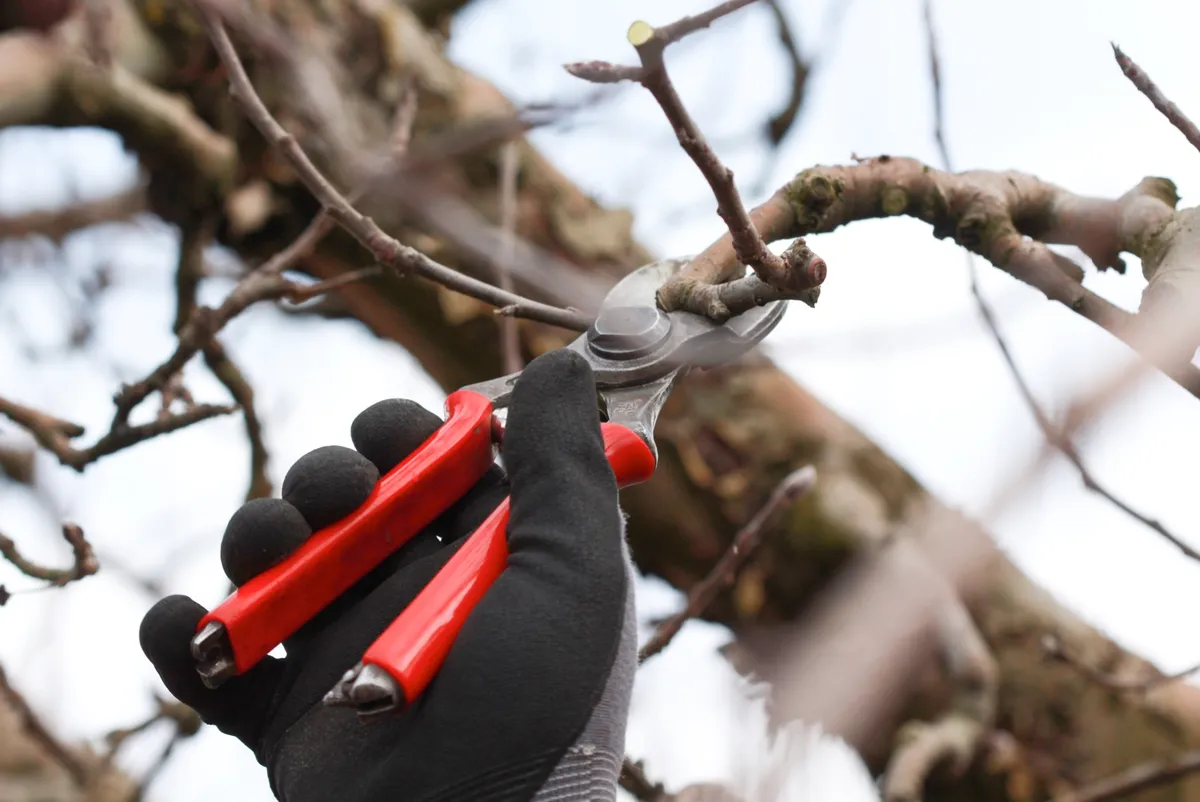Autumn in an apple orchard brings simple pleasures. Leaves fade with the tints of the season, branches grow heavy with ripe fruit and the air fills with an earthy scent – a combination of trees yielding their bounty. There's no doubt about it: the apple orchard is a quintessential scene from the British countryside.
Pressed into a juice, mulled to make a delicious cider, or baked into a tasty apple and blackberry crumble, the apple is the undisputed queen of the fruit bowl.
Make the most of the British apple season and discover delicious varieties, recipe ideas and advice on growing your own apple tree in our expert guide.
Autumn is also the perfect season for foraging – see what is season each month, and find a foraging course near you.
When do apple trees bear fruit?
Late September and October is a key apple picking time in Britain when growers and gardeners harvest their apple crops.
The arrival of the apple crop as summer gives way to autumn stirs a nostalgia for the traditions of harvest: cider-making, preserving, baking apple pies and crumbles, and getting ready for winter by hoarding and storing. Traditions that were established and evolved by generations of Britain’s farmers, gardeners and cooks.
What varieties of apple are grown in the UK?
Despite most UK supermarkets stocking a limited range of apples, there are hundreds of apple varieties grown in the UK, with more than 2,500 varieties to be found. Here is a selection of traditional varieties to enjoy this autumn.
Nonpareil
An ancient apple variety brought over from France in the 1500s, the Nonpareil is a late-season, russet eating apple with a distinctive pear-drop taste. It’s a great variety for juice and cider making.
Winter Pomeroy
A rare, late-season variety of cooking apple that’s rather large but stores well over winter. It has a tough, pectin-rich skin, so it’s ideal for the apple butter recipe as the skin gets sieved-out after cooking.
The Harvey
An old English apple dating back to 1629, also known as the Dr Harvey (after Dr Gabriel Harvey of the University of Cambridge) and was once popular in East Anglia. This is a cooking apple and the texture softens beautifully with heat, but it’s quite sweet, so you don’t need to add much sugar.
Golden Pippin
A versatile, intensely flavoured small apple used in cooking, cider making and also as a dessert apple.
Winter Pearmain
Thought to hail from Sussex, this is a good general cooking apple but it does sweeten with age, so could be considered dual-purpose (eater or cooker) later in the season.
Crab apple
Native to the UK, wild crab apples are small, round and yellow when ripe, but another common variety is slightly more apple-shaped.
What variety of British apple is used in cooking?
Bramley
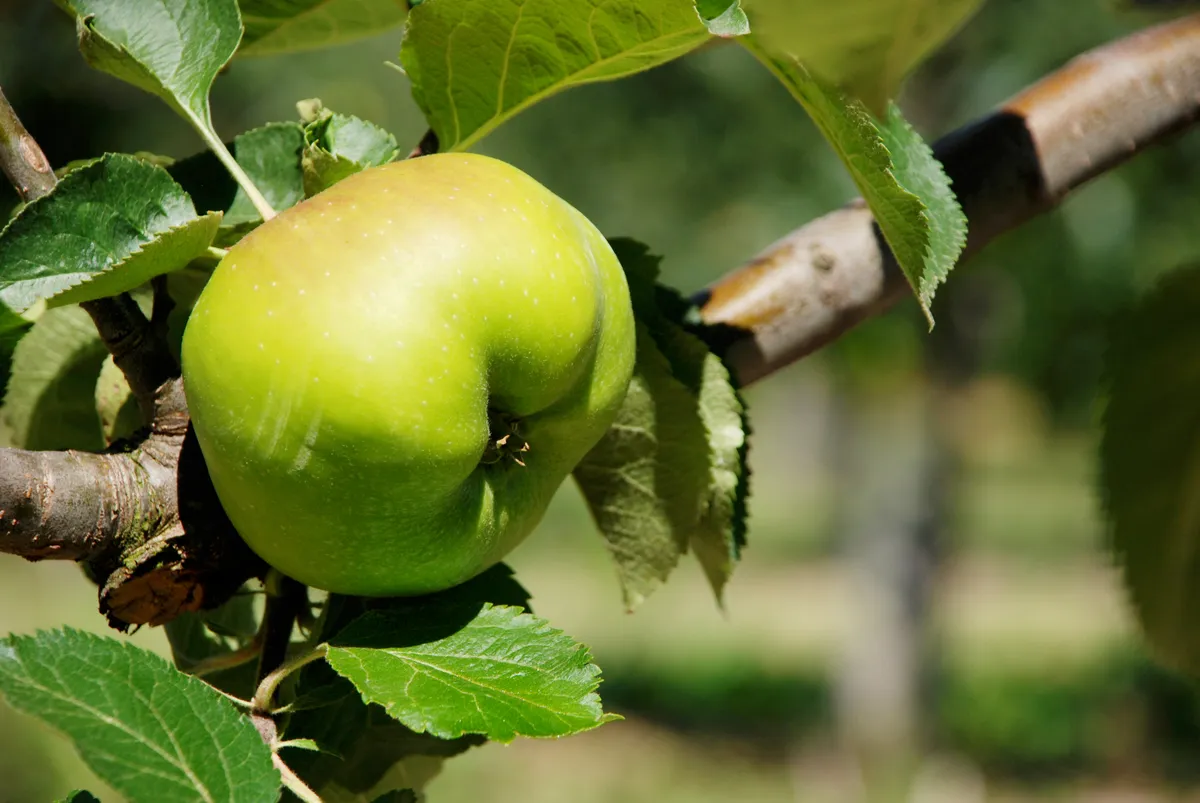
The bramley is a common British variety of apple that is generally cooked due to its sour taste, although it can be eaten raw. Often found in crumbles, pies or apple sauce this is a useful variety for cooking.
When were apples first grown in the UK?
While apple varieties were first introduced to Britain by the Romans, historical studies have suggested that apples could be found growing wild during the Neolithic period. However, it was the Victorians who changed apple production in Britain.
Thanks to the dedication of Victorian gardeners, Britain once cultivated more varieties of apple than anywhere else in the world: more than 2,000 types of apples with all sorts of tastes, textures, shapes and sizes. For eating, there were Pitmaston Pineapples, Ribston Pippins or the Laxton’s Superb, a red-flushed, sweet, crisp dessert apple. For cooking and juicing, the Alfriston was a large, sharp apple that made wonderful juices and smooth purées, or the Howgate Wonder, a super-sized cooker that was great for pies and tarts. Every variety was bred to enhance different properties for a range of uses.
How are British apples produced?
Today, Britain imports over 70% of the apples we consume and a quick glance around the supermarket shelves reveals much about our limited choice, with the Bramley being the only cooker on offer, along with a handful of similar-tasting eating apples. Things are starting to change, though. There has been a surge in interest among consumers in both British produce and its seasonality. Also, community orchards are springing up across the country where groups of people plant and nurture fruit trees on otherwise unused land.
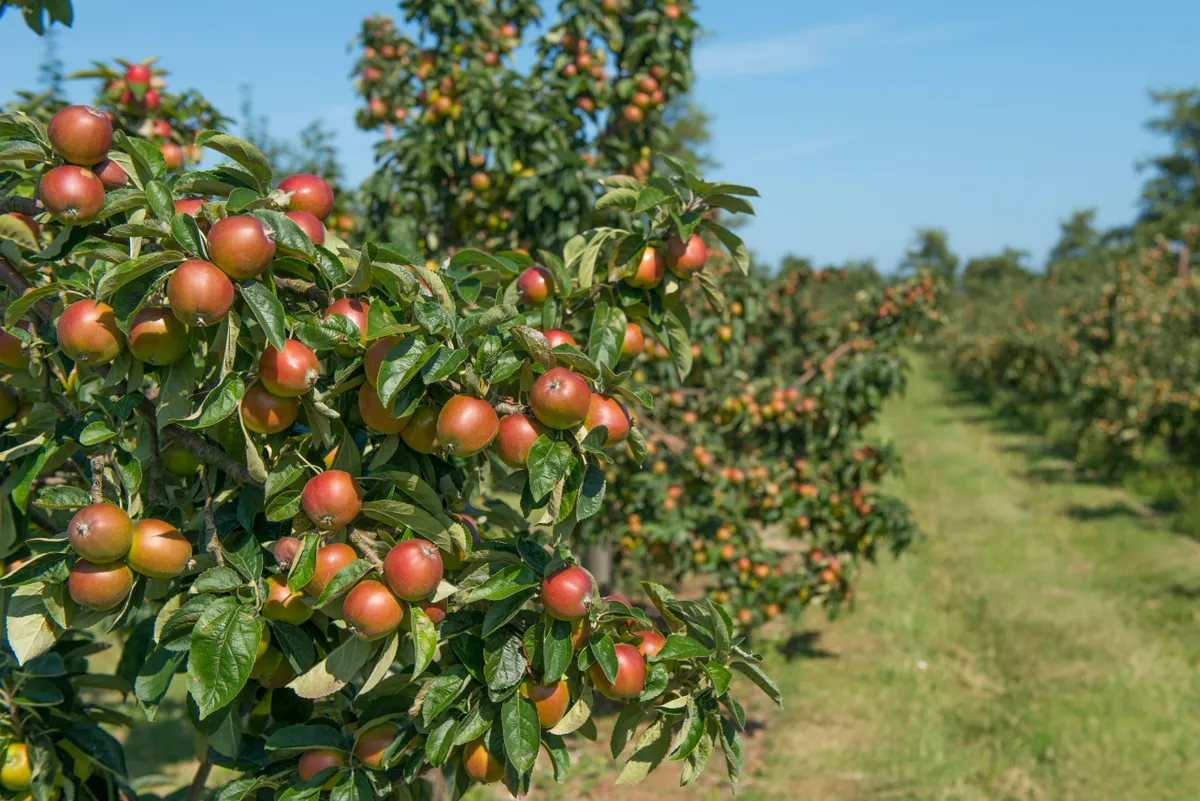
How community orchards have grown
The University of Bristol Heritage Orchard at Goldney Hall is not a new orchard, but it is a verdant oasis in the heart of the city that is now using its crop to help the neighbourhood. Originally planted by the merchant Thomas Goldney III in 1744, it still grows five historical varieties . Simone Jacobs, horticultural advisor at the university, coordinates the Apple Project to reduce waste and find charities and community hubs for the Heritage Orchard’s annual harvest.
As well as its obvious historical and ecological importance, the orchard is also forging strong links between the students and the community. Last year, students distributed apples grown in the orchard to several good causes, including the Wild Goose Café, which provides meals for the homeless in east Bristol, and the Matthew Tree Project, a charity that provides food to those in need.
Best British apple recipes
The apple makes for a delicious and cheap pud at the end of a Sunday lunch or works well added to savoury dishes. To celebrate the British apple season, here is a selection of easy apple recipes for lunches, puddings and snacks.
Apple crumble
Enjoy a classic crumble flavour with this easy and timeless recipe.
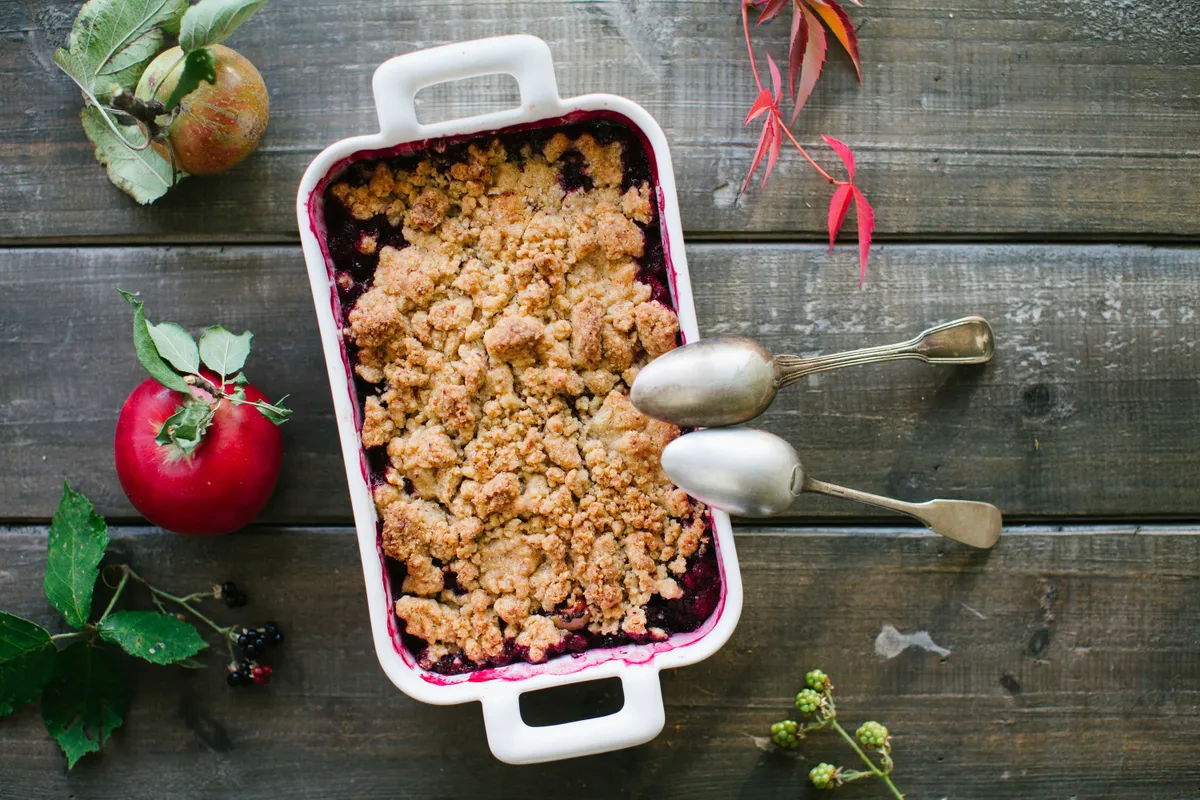
Apple bread and butter pudding with butterscotch sauce
This easy, decadent apple bread and butter pudding with butterscotch sauce dessert is a great end to Sunday lunch.
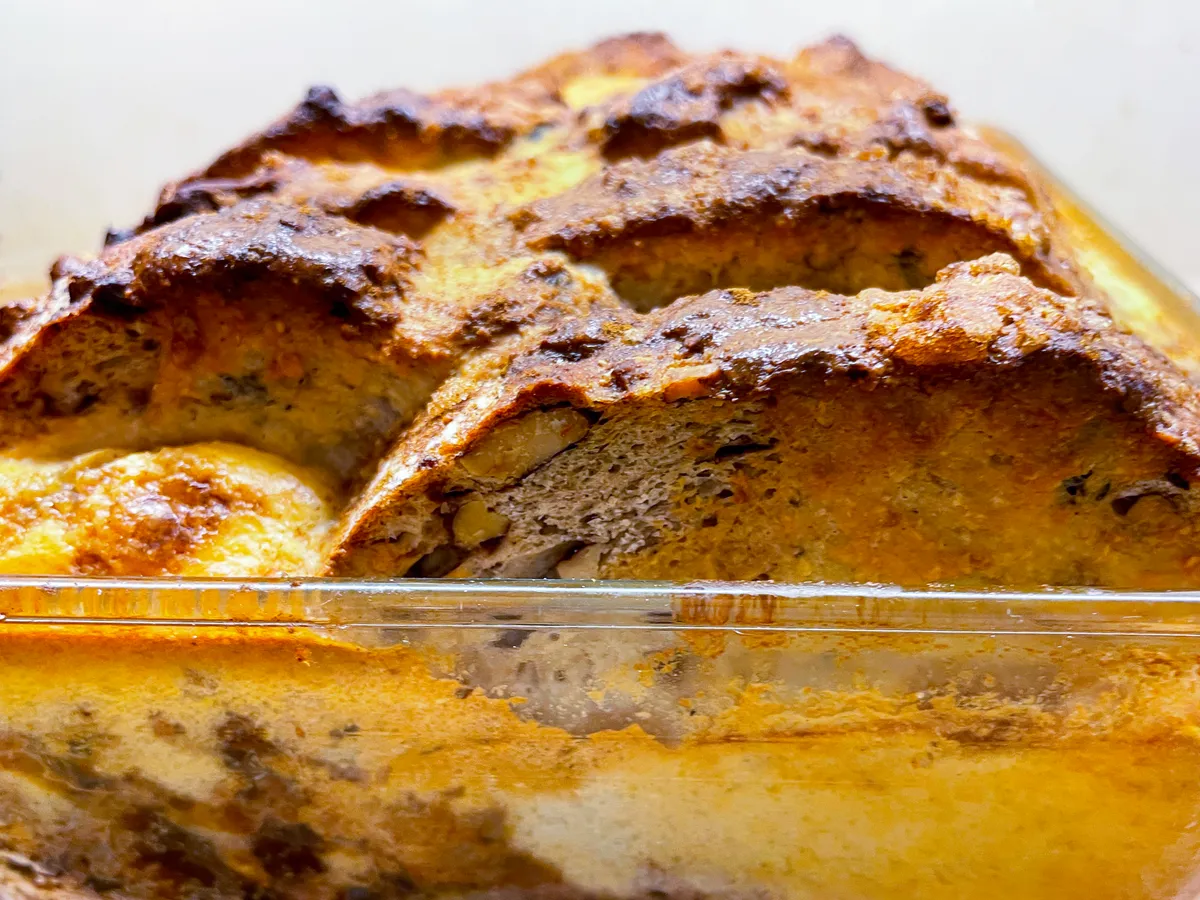
Spiced toffee apple cake
This autumn, why not make this Bonfire Night-inspired cake? A great twist on traditional toffee apples, enjoy with a cuppa, or warm with cream and extra toffee sauce – yummy!
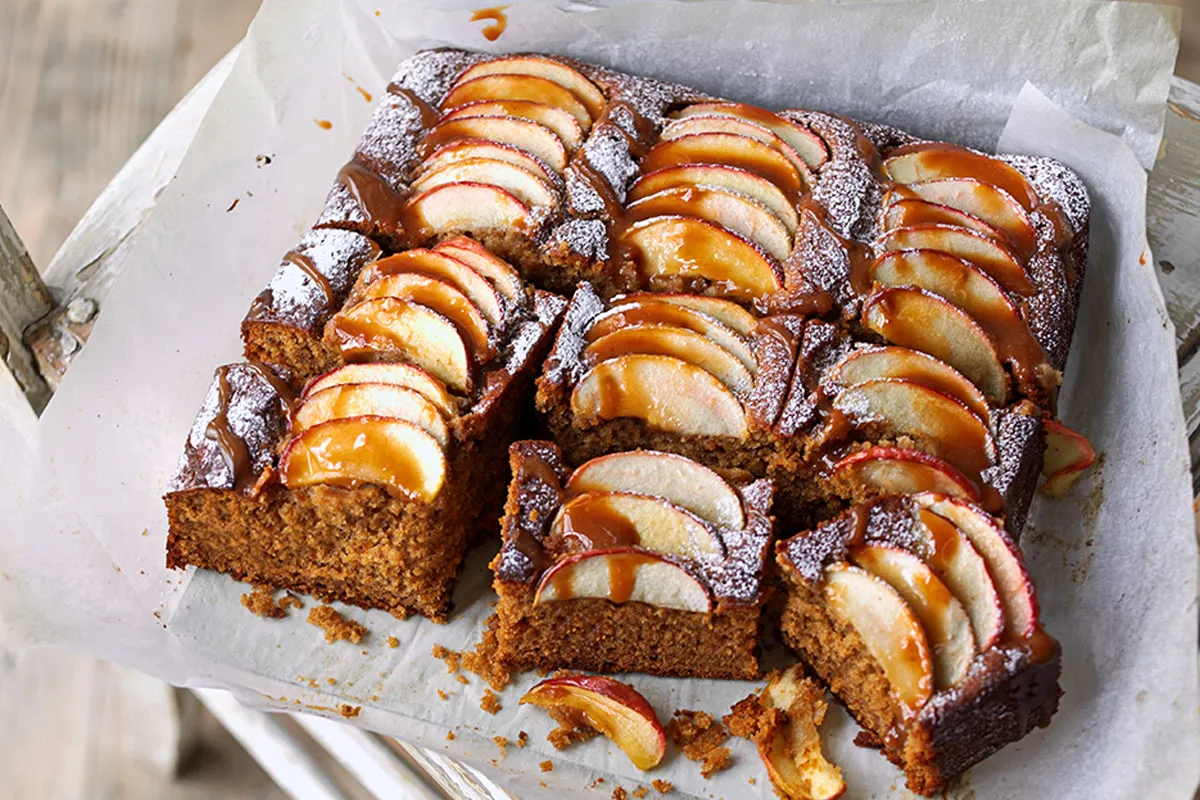
Homemade apple swirls
This homemade apple swirls recipe is easy to make and a perfect treat for autumn days.
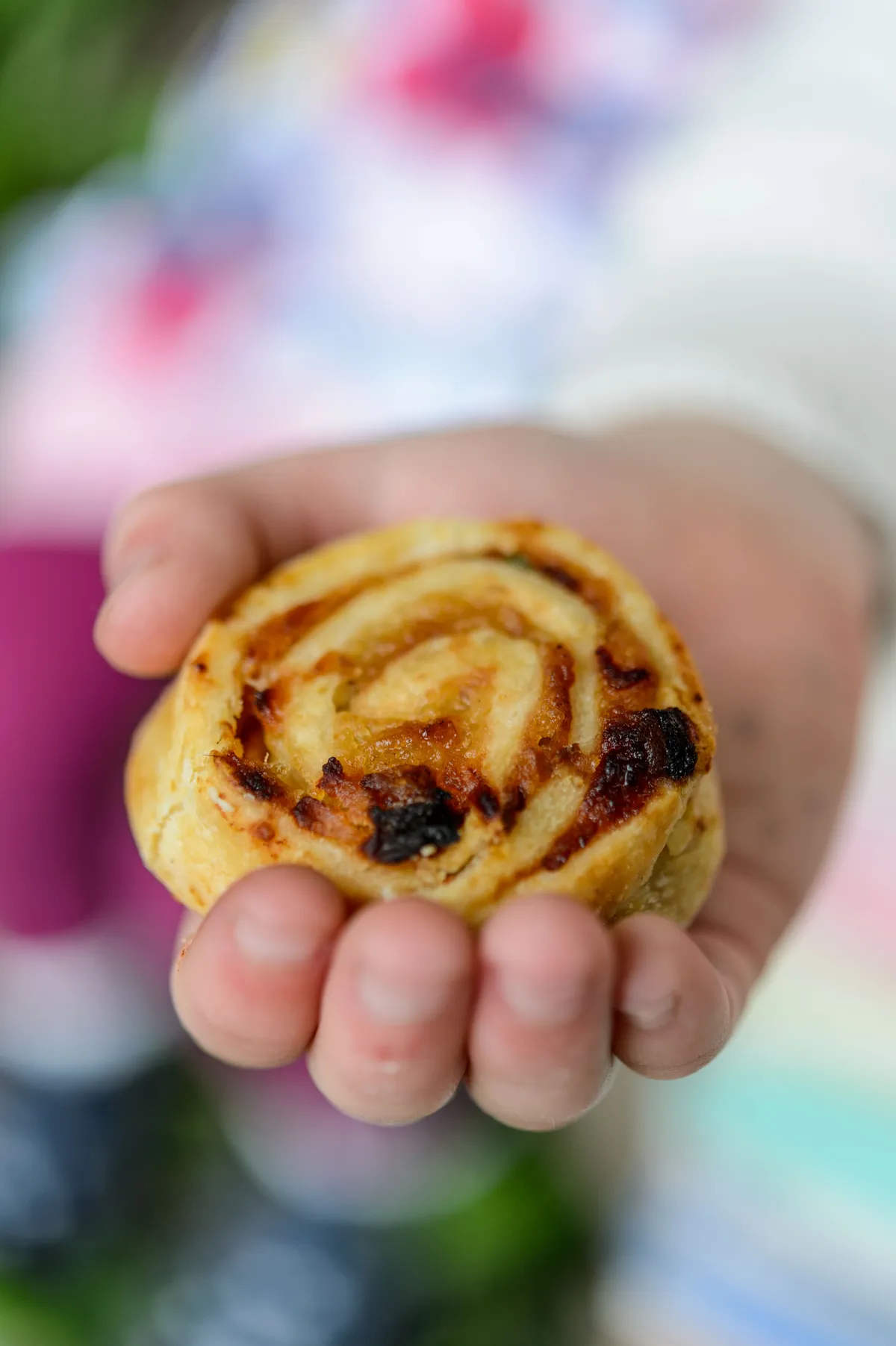
Apple and blackberry crumble squares
These easy-to-make crumble squares are perfect for a summer picnic.
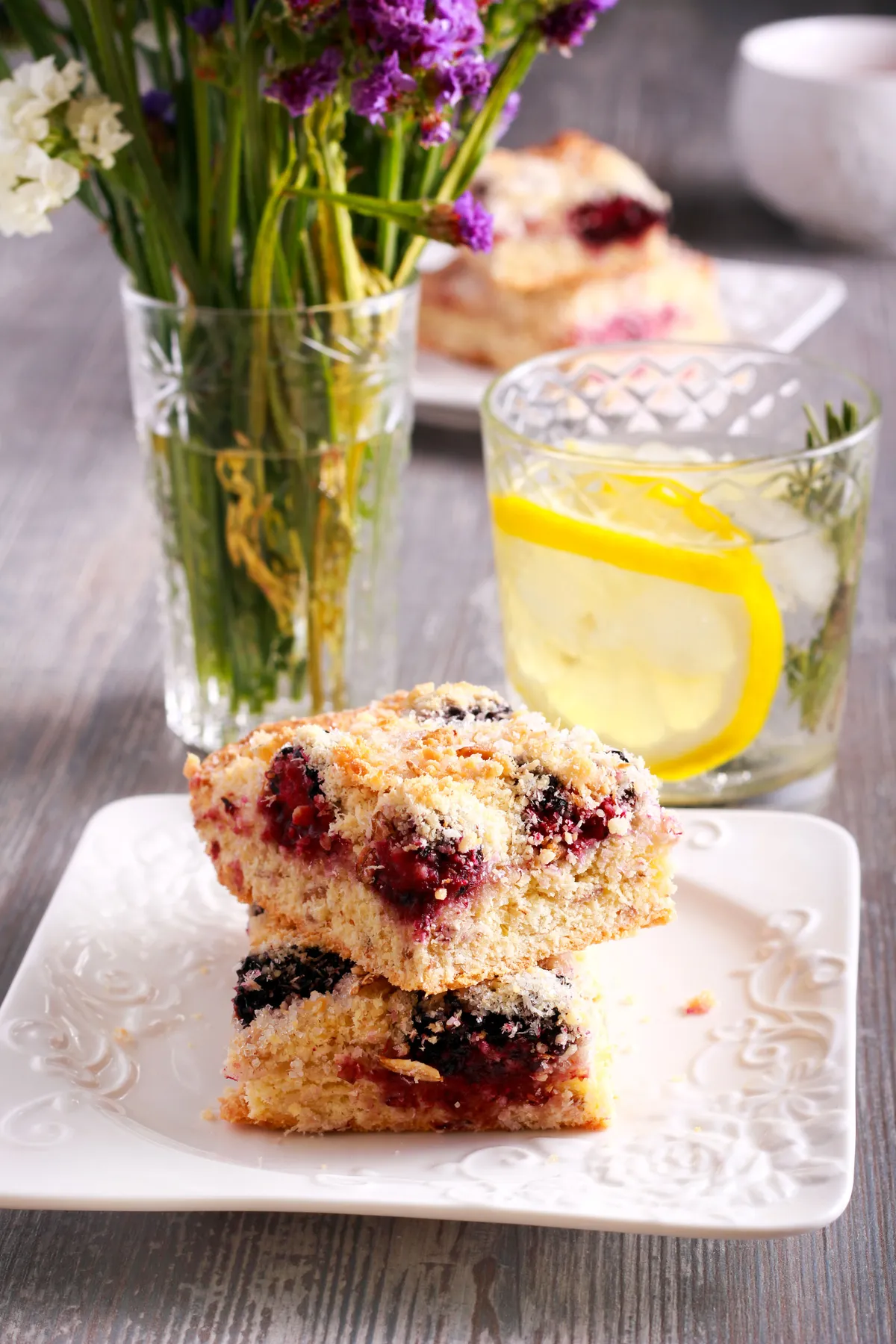
Spiced apple butter
Preserve an autumn apple glut with this delicious recipe for spiced apple butter.
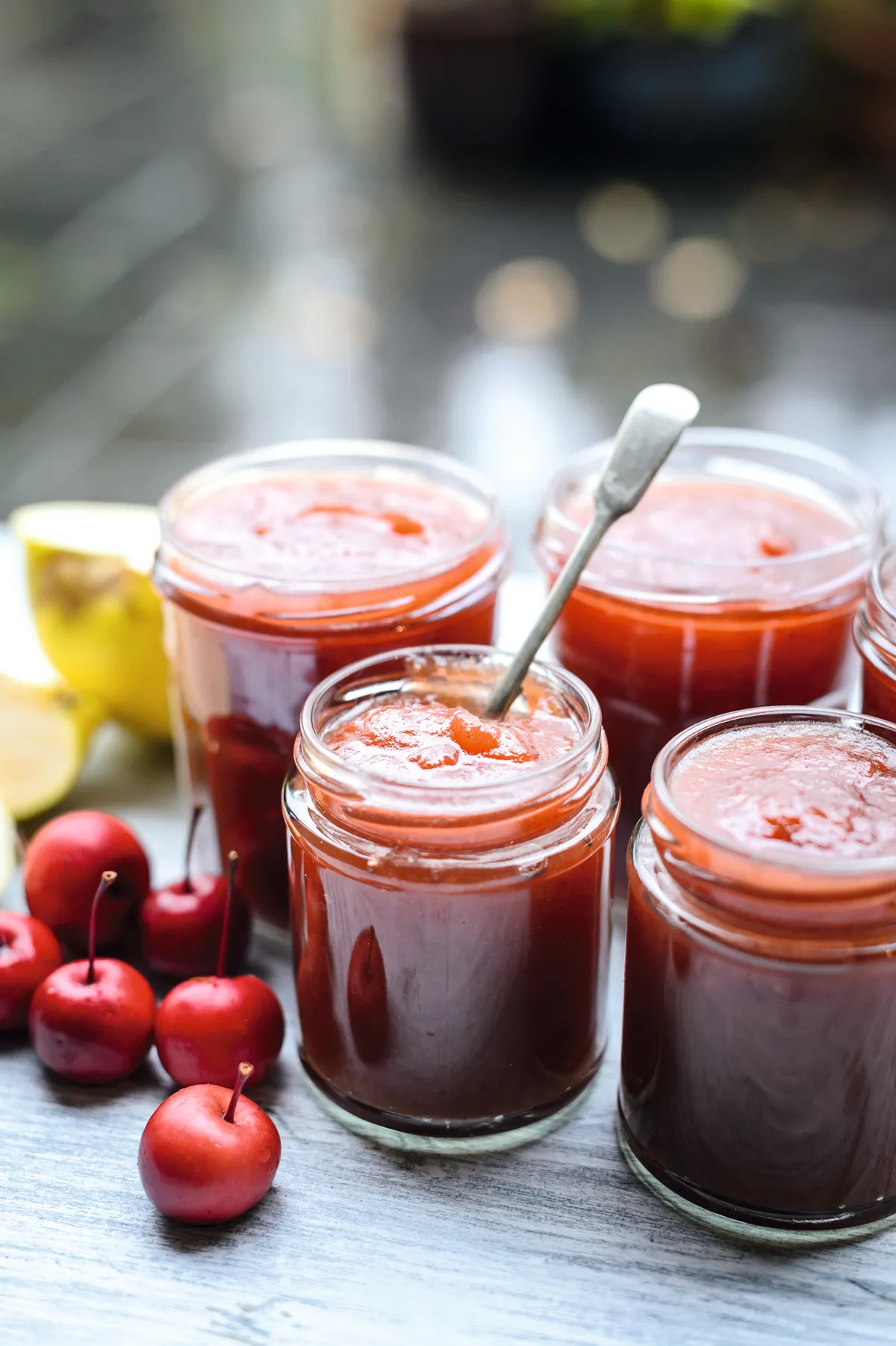
Parsnip and apple soup with cream and crispy sage
Easy, autumnal and delicious - this creamy vegetable soup is the perfect lunch after a windy walk in the countryside
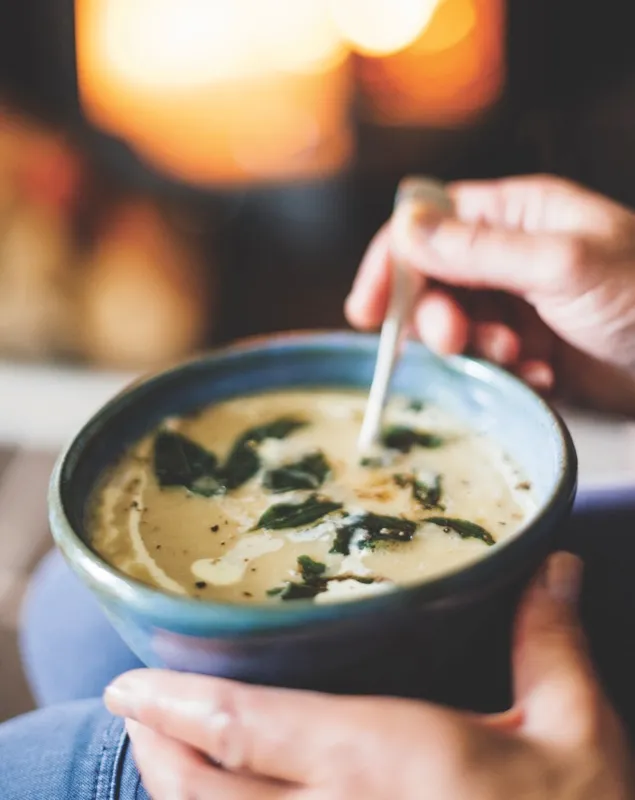
Spiced crab-apple and rowanberry leather recipe
This simple recipe for homemade spiced crab-apple and rowanberry leather makes an excellent hiking snack
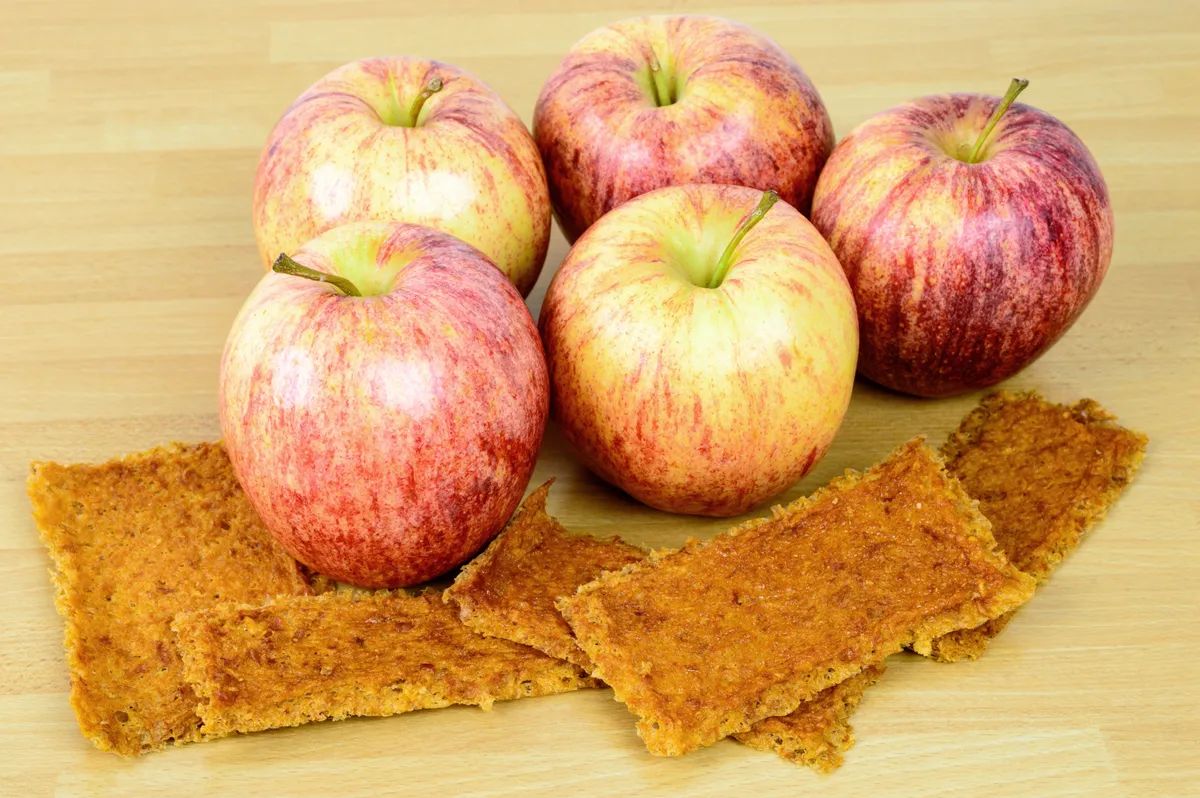
How to plant an apple tree
If you have space in your garden for an apple tree then it is a great investment to make as nothing beats collecting fruit from your own garden each year.
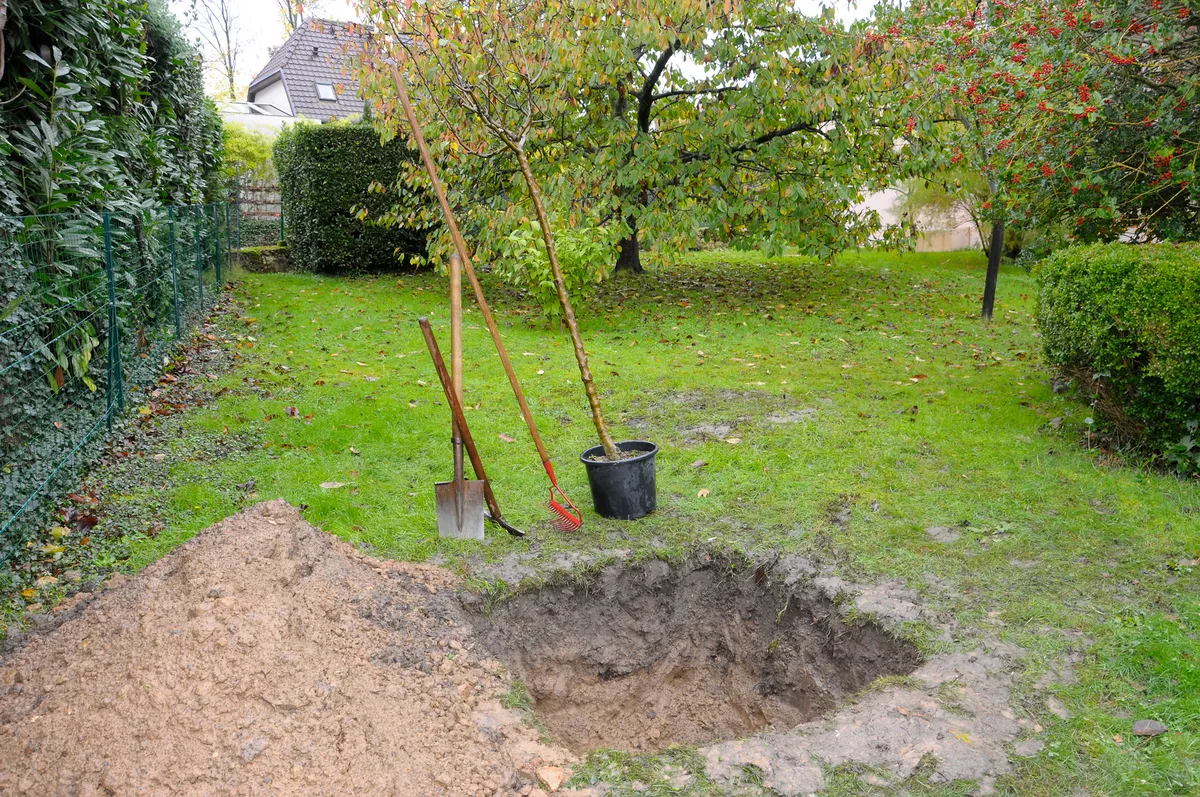
While you could grow from a seed this unsurprisingly will take a long time to bear fruit. The best and quickest way is to buy a young apple tree ready to be planted. Fruit trees are supplied by all good garden centres or plant markets and come either as a bare-root plant or come ready potted.
Step-by-step guide to planting an apple tree
- Bare-root plants should be planted in autumn or early spring, while a potted tree can be planted at anytime of the year, although it is easier to avoid planting when the ground is hard during mid winter.
- For bare-root trees, carefully remove the outer layer of fabric or packaging from the roots, before soaking the roots in water for 20 minutes or so, to allow the root system to gently spread out. For potted trees simply remove the pot and gently loosen the root ball.
- Next, dig your hole, breaking up any compacted soil with a garden fork. Aim for at least the length of the roots and three times the diameter across. Add a couple of handfuls of compost as you plant your tree and a stake if needed for support. Press the soil down carefully around the trunk and water well.
How to care for your apple tree
It is important to keep an eye on young trees, particularly during harsh weather conditions such as strong wind or drought. Water well in dry conditions, but take care not to overwater. Stakes may need to be changed as the tree grows or retied in strong wind.
Weeding around the base of the tree is a good idea and a layer of mulch can be laid to reduce weed growth. Depending on the quality of your soil a fertiliser can be added to the soil if needed.
How to prune an apple tree in winter
A few simple snips and cuts in the winter months means strong, healthy fruit later in the year for your apple trees. Follow our step-by-step apple tree pruning guide.
